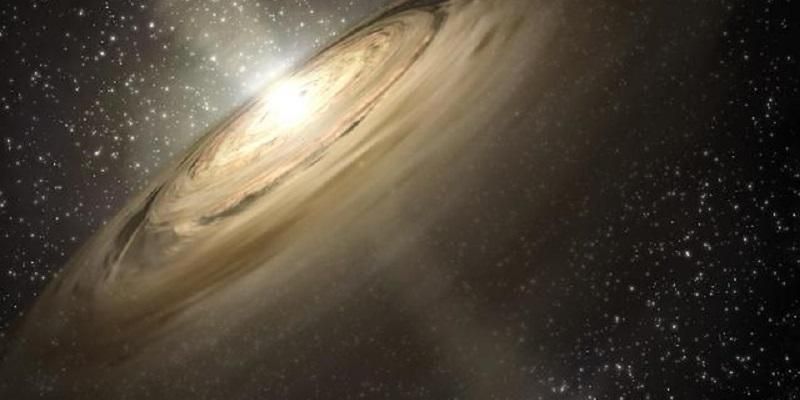
The deaf community risks being excluded from aspects of modern science because the number of new advances is outpacing the development of sign language to explain them, a leading researcher says.
Dr Olja Panic, an astrophysicist at the University of Leeds, argues that deaf people are among the most disadvantaged when it comes to opportunities to engage with science.
She is leading a project to develop 50 new "signs" which will help explain her research into the way planetary systems are formed.
“This project is a great example of how to put into practice one of our key strategic priorities – to demonstrate the importance of science to everyone.”
Most deaf people in the UK who use a sign language use British Sign Language (BSL), which has about 100 basic signs that describe astronomical concepts. But it takes time for new science to be translated into sign language. For example, black holes have been talked about for decades but it is only in the last few years that a sign has been created to describe them.
Watch our video which explains more about the project.
Dr Panic said: “When it comes to astrophysics and other areas of science, the deaf community face considerable challenges because the language that would allow them to explore and discuss astrophysics is not there.
“It is important that science is accessible, and the new signs will allow scientists like myself to give talks, lectures and workshops through which, with the help of a sign language interpreter, I could share my research.”
The project is funded by the Royal Society and is led by the University of Leeds.
“It is important that sign language develops so people can join in the important scientific discussions about the origins of the universe.”
Professor Carlos Frenk FRS, chair of the Royal Society’s public engagement committee, said: “This innovative and exciting project will not only help members of the deaf community to deepen their own scientific knowledge but will allow them also to share their experiences with researchers. “
“This project is a great example of how to put into practice one of our key strategic priorities: to demonstrate the importance of science to everyone.”
At a two day workshop in Leeds, Dr Panic worked with sign language experts, deaf scientists, astronomy enthusiasts and science communicators, to design more than 50 new signs to cover such tricky concepts as protoplanetary disc, exo-Solar planet and interferometric telescope.
Part of the session was filmed for a report broadcast on BBC News.
Creating signs to describe astronomy
Gary Quinn is a deaf linguist and sign language expert from Heriot-Watt University. He led the discussion, which he admitted was challenging.
“Sign language is a very visual language," he said. "For example a ‘bird’ can be shown using the index finger and thumb for a beak or using two hands flying.
“But the terms used in astronomy and astrophysics are highly specialised and often don’t readily connect with a visual image. What we have tried to do is build-on and extend the astronomy signs that already exist.
“The next step is to see if they work. Essentially, we’ll be road testing their usability – do people understand them and can they be easily recalled.”
Dr Panic hopes that when the new vocabulary is adopted it will allow members of the deaf community to learn about a rapidly advancing area of astronomy.
Derek Rowley is a sign language user and deaf amateur astronomer who acts as the co-ordinator for the British Deaf Astronomical Association. He was involved in formulating the new signs.
He said: “There are increasing numbers of deaf people who have either a professional or amateur interest in astronomy. It is important that sign language develops so people can join in the important scientific discussions about the origins of the universe.
“Ensuring sign language keeps up with the advances in science will also ensure that deaf people can be part of the scientific research community. It will also excite people about the wonder of astronomy.”
Dr Panic is a Royal Society research fellow.
Top picture courtesy of NASA.
Further information
For media enquiries, please contact David Lewis in the University of Leeds media relations office via pressoffice@leeds.ac.uk.